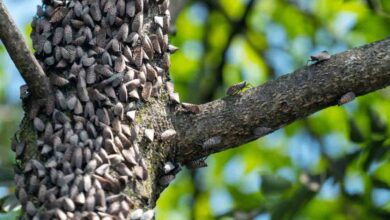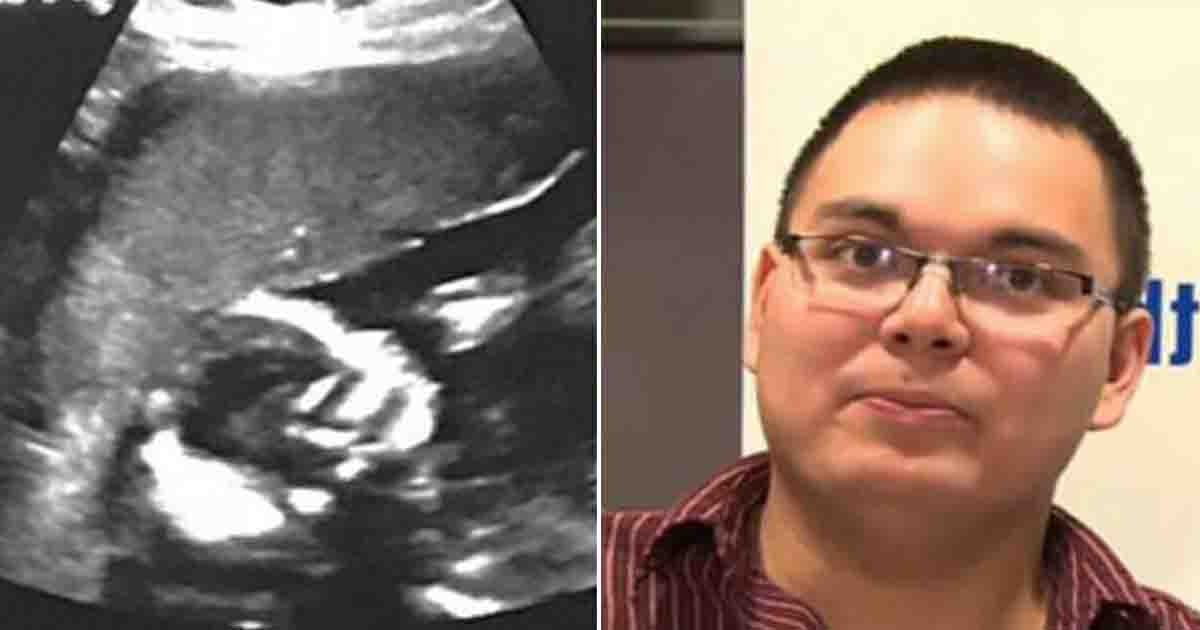NOAA reports a 60% chance of a radiation storm hitting Earth this week: here’s what you need to know
Imagine looking up at the sky and seeing not just stars but also colorful lights dancing across the horizon. This mesmerizing display is called the Aurora Borealis, or northern lights.
It happens when the sun sends out a storm of particles that interact with Earth’s magnetic field. This week, a significant solar storm hit Earth, creating spectacular shows and some disruptions.

On Tuesday, May 14, 2024, the sunspot AR 3310 sent out a powerful solar flare. This flare caused radio blackouts over North America and lit up the skies with the Aurora Borealis in many parts of the world. Some lucky people, using special glasses, even saw the sunspot itself. The northern lights are expected to continue for a few more days, although they will gradually fade.
Solar storms, like natural disasters on Earth, are measured on a scale. The National Oceanic and Atmospheric Administration (NOAA) has a Space Weather Prediction Center that keeps an eye on these events. This current solar flare reached an intensity level of X8.7 on a scale of one to nine, making it a significant event in the sun’s 11-year cycle. While the brilliant display of northern lights may not last, the remaining flares could still cause some radio disruptions.

Fortunately, these solar storms are not dangerous to people on the ground. Earth’s atmosphere and magnetic field act as protective shields. However, people flying over the North Pole might face more radiation than usual, so some flights are delayed or canceled during these storms. The main concern is for our technology. Satellites can malfunction, and radios in the Arctic can stop working.
Astronauts in space are also affected by these storms. They have to take extra precautions, but thanks to the International Space Station’s low orbit, they are somewhat protected by Earth’s magnetosphere. NASA and space scientists communicate frequently to ensure astronauts’ safety during these solar events.

Aurora Borealis aka the northern lights Photo/Pixabay/Hans
Auroras are most often seen near the north and south poles and are known as the Aurora Borealis and Aurora Australis, respectively. They occur when the sun emits plasma and magnetic material that collide with Earth’s magnetic field, causing atoms to light up and create beautiful displays in the sky. During a major solar storm, these lights can be seen much further from the poles, providing a stunning view for people around the world.





